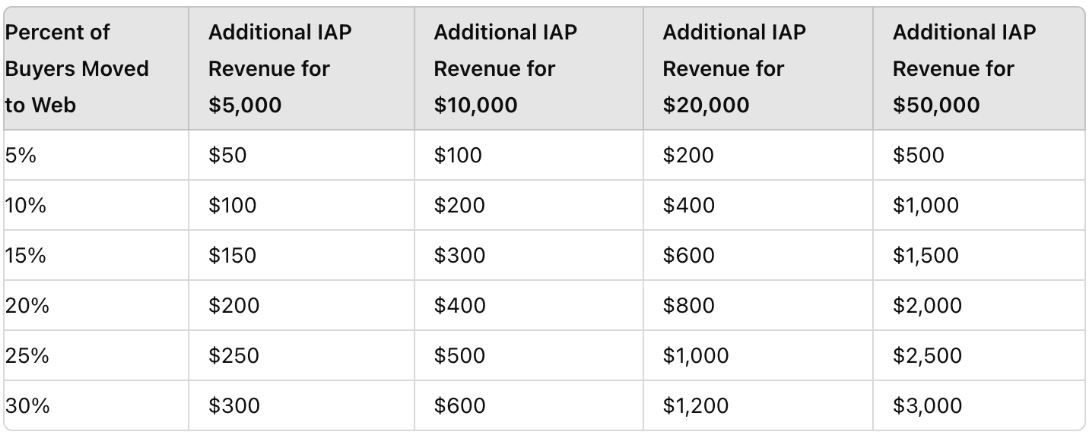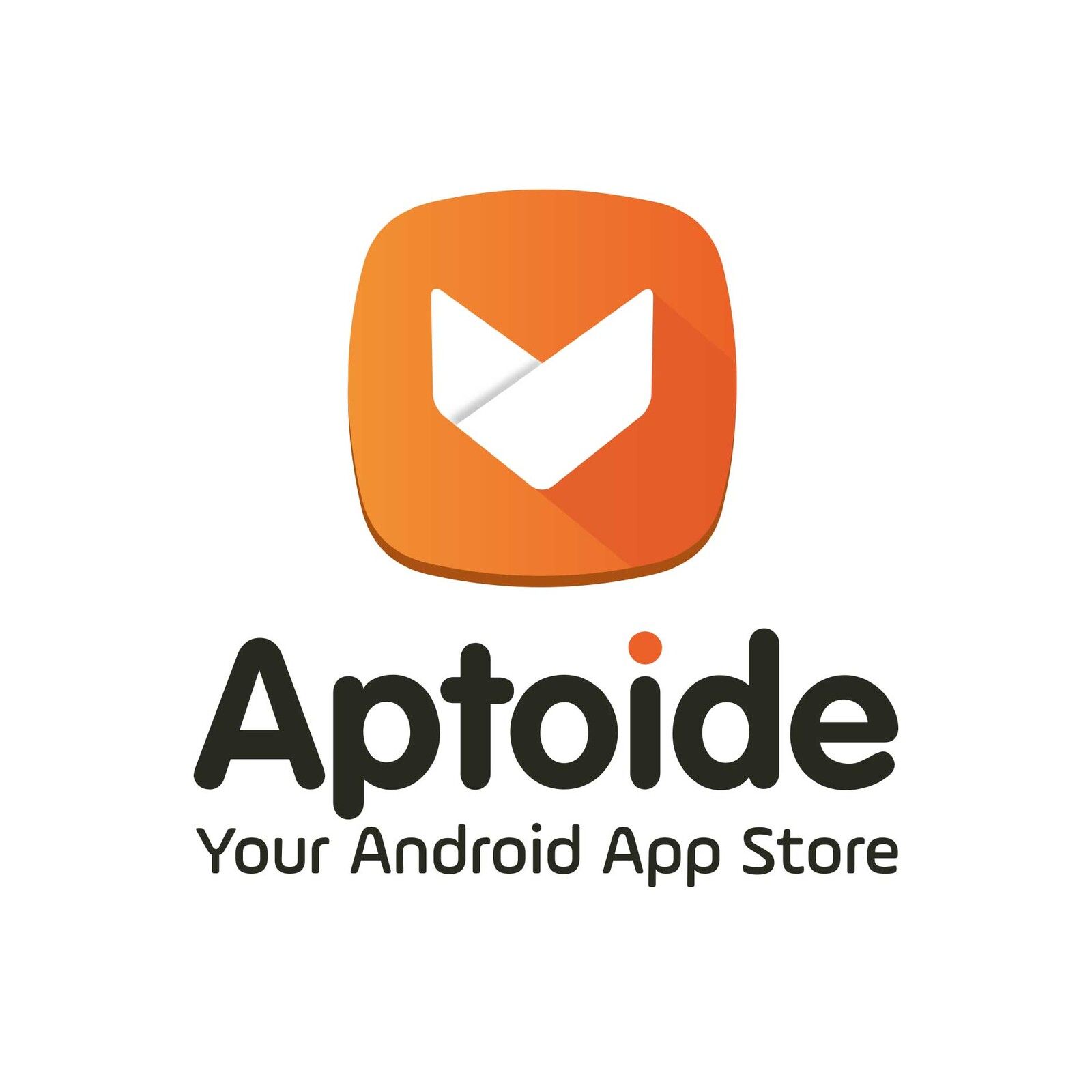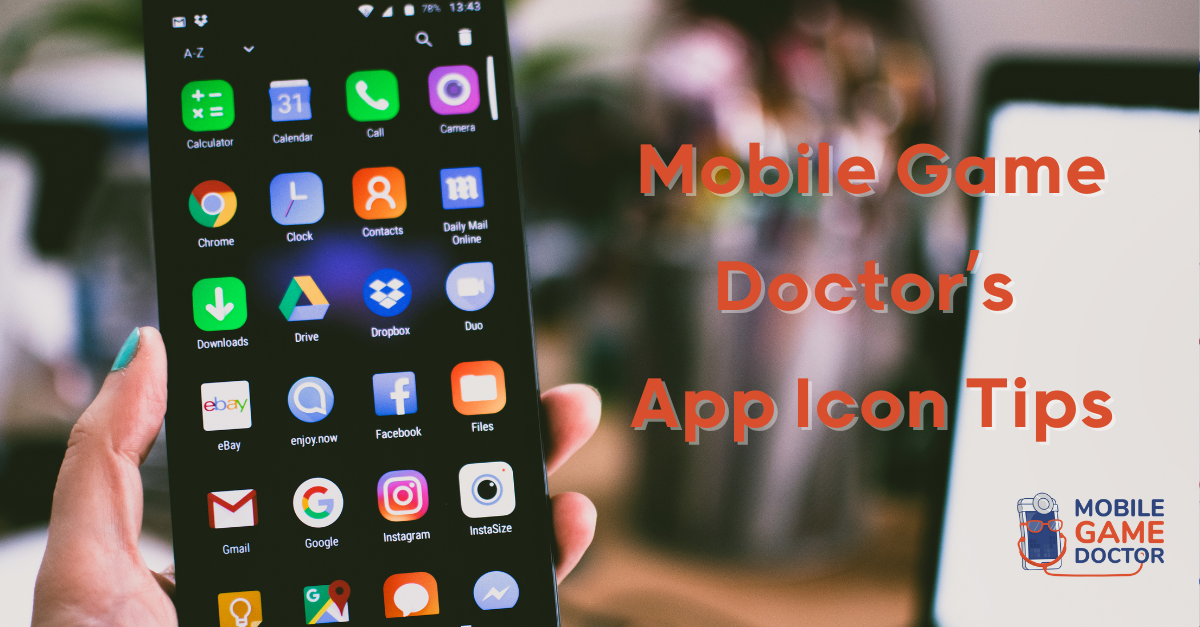Since the emergence of mobile game development the traditional web has been somewhat of a pariah for game developers. This was partly due to the sheer amount of time people, especially younger, spend in mobile apps. Another factor was due to restrictions imposed by mobile platforms by prohibiting In App Purchases (IAP) transactions on the web for a mobile-only title. This is now changing and the web is, once again, becoming an important tool for mobile developers.
In this two part series we will explore the resurgence of the web from a marketers perspective. First we will look at conversion opportunities followed by web marketing tactics developers can consider to grow revenue.
A key recent catalyst for the web has been centered around transactions. With platforms under pressure for their closed ecosystem, options for developers to monetize users are finally starting to emerge. A major driver has been the introduction of The European Union's Digital Markets Act. Platforms are now allowing alternative forms of transactions for IAP.
Many large developers have invested significant resources into promoting web stores for app transactions. The benefits for developers is obvious - no platform cut is taken out of web revenue resulting in, potentially, a 30% jump in revenue. Consumers, though, need to be convinced. Web transactions are cumbersome and inconvenient compared to the efficient IAP process customers are accustomed to.
Because of the friction it is important to set some expectations around web transactions:
- Do not expect your conversion rate to increase because you implement a web purchase flow. This applies even if you offer a discount on purchases. Players buy based on need and desire, not because a web page now exists or IAP items are slightly cheaper on the web.
- Expect your community to be wise to web transaction price points. It’s common knowledge that Apple & Google take 15-30% of IAP revenue. If you are offering a low or no discount on the web transaction your community will be wise to the fact you are pocketing the difference. This can create negative sentiment and backlash. Most importantly, if incentives to buy on the web are low customers will continue to opt for the security and simplicity of in-app transactions, especially for smaller transactions.
- Expect a web purchase flow to be an investment for the future. One needs to direct traffic to the web flow, convince players to purchase, and then convince them to make repeat purchases. This process is not immediate and can be influenced by numerous factors from in-game activities/events to seasonality.
Developers and marketers also need to understand how and when to use web purchases to their advantage. Some guidelines to consider before building a web purchase flow:
- Your title requires a sufficiently diverse IAP economy with high spenders. Savings offered for a low value IAP purchase is not worth the effort for a user to complete a web profile and connect a payment method (a 20% discount on a $1.99 transaction is only $0.40 in savings, hardly an incentive). Larger purchases and big spenders will see the value in a web transaction if the savings is significant.
- Discounting alone is not a driver of web conversions. Expect the bulk of your web transactions to be completed by existing spenders.
- You will need to track and associate this revenue with IAP to create a holistic LTV, especially if bigger-ticket IAP items and spenders do shift to web transactions.
If you opt for a web purchase flow you will also need to promote the page. In app promotion options of web stores remain limited due to platform restrictions on promoting external IAP. You will need to have the ability to drive your own traffic to convert on web. Some marketing items to consider:
- Driving traffic requires the means and skills to get users into a web purchase flow. This includes email lists, push/SMS, community and/or social engagement, or the ability and budget to run paid marketing. There are challenges within all these channels so success is dependent on engaging customers at every touch point possible.
- Web purchase flows need to be tracked. This includes traffic sources (Google Analytics), necessary marketing pixels and/or a pixel tag manager, and the ability to record revenue and combine that with mobile and ad revenue to create the most accurate LTV.
As far as revenue impact lets consider some scenarios. Assuming flat Average Revenue Per Paying User the table below reflects additional revenue you can expect per day if you were to save 20% IAP platform fee:

*Estimates only. The 20% figure was utilized to reflect transaction fees & a discount to package totals.
Post launch of the web transaction flow you can expect the percent of buyers to be low however with persistence the engagement & revenue can grow over time. This could also grow if platforms further relax in-app promotional options in the future.
Factoring in the above, is a web purchase flow worthwhile? That answer is up to each developer. There is a cost to web development and maintenance, headcount, payment processing, and marketing to consider. Always do your own payback calculations to determine if the effort, cost, and impact is worthwhile for your business.
In the next post we will explore options & strategies for marketing web conversion pages that can help grow engagement and usage.










